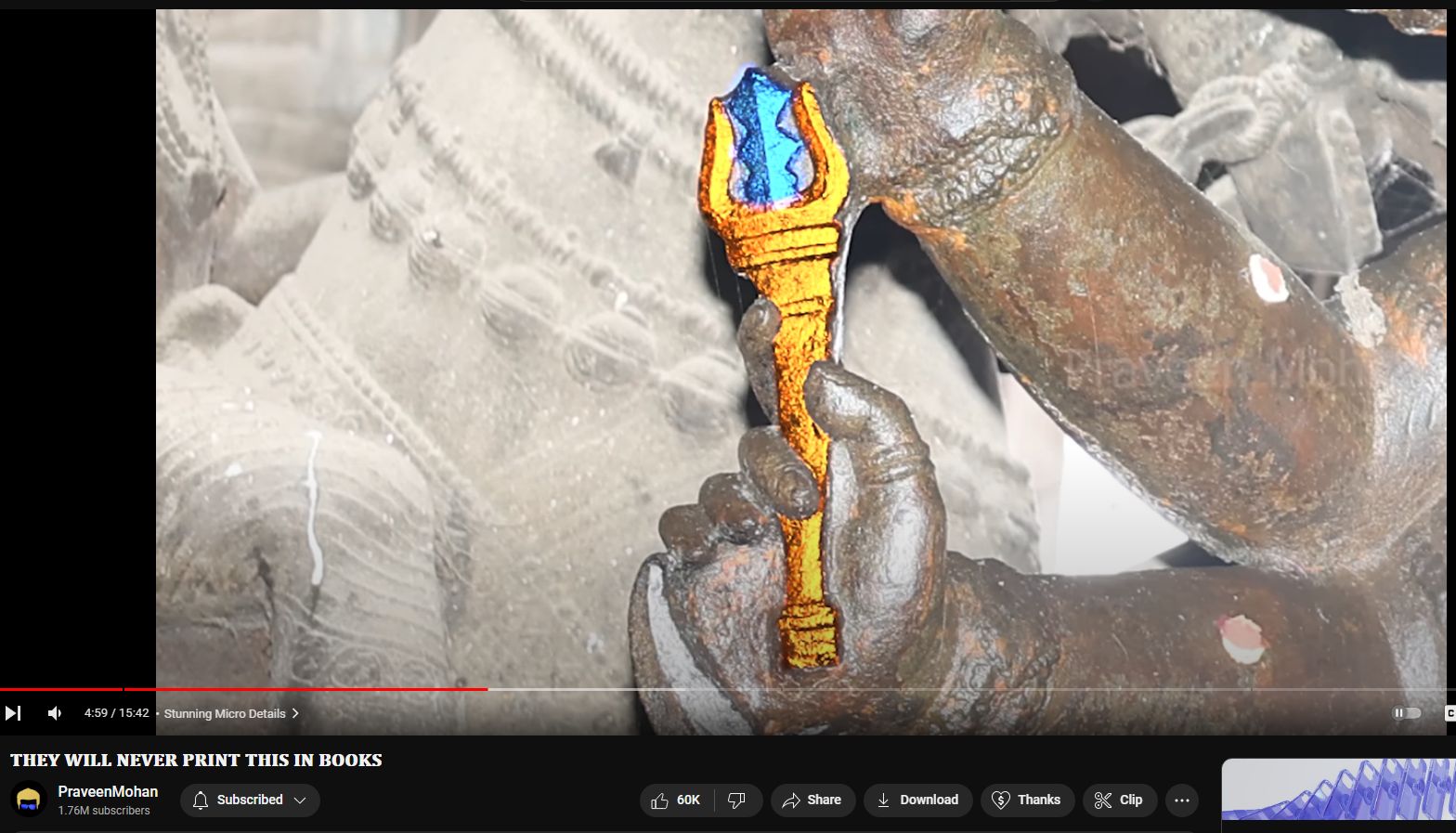Vajrah Lightning Weapon in the hand of giant Deity
Vajrah Lightning Weapon in the hand of giant Deity
In many mythologies and religious traditions, deities or divine beings are often depicted wielding powerful weapons associated with lightning or thunder. For example:
- Thor’s Hammer (Mjölnir): In Norse mythology, Thor, the god of thunder, wields Mjölnir, a powerful hammer that is said to create lightning bolts when thrown. Mjölnir is one of the most iconic weapons in Norse mythology and is associated with protection and the ability to create storms.
- Indra’s Thunderbolt (Vajra): In Hindu mythology, Indra, the king of the gods and the god of lightning, wields a weapon known as the Vajra or thunderbolt. The Vajra is a symbol of divine power and is said to be indestructible, capable of producing thunder and lightning.
- Zeus’s Thunderbolt: In Greek mythology, Zeus, the king of the gods and the god of the sky and thunder, wields a thunderbolt as his primary weapon. Zeus uses his thunderbolt to cast lightning bolts and wield control over storms and weather.
- Raiden’s Staff (Thunderbolt): In Japanese mythology, Raiden, the god of thunder and lightning, is often depicted wielding a staff or rod that controls thunder and lightning. Raiden’s staff is a symbol of his power over storms and weather phenomena.
===
The Vajra (Sanskrit: वज्र) is a symbolic weapon in Hinduism, Buddhism, and other Indian religions. It is a ritual object that holds significant spiritual and symbolic meaning. In Buddhism, particularly in Tibetan Buddhism, the Vajra is known as the “vajra” or “dorje” and holds great importance in various rituals, ceremonies, and iconography. Here’s an overview of the Vajra weapon:
1. Symbolism: The Vajra symbolizes several key concepts in Buddhism, including:
– Indestructibility: The Vajra is often described as indestructible, representing the unbreakable nature of enlightenment and the unchanging truth of the Buddha’s teachings.
– Wisdom: The Vajra also represents the “diamond-like” quality of wisdom, which is said to be sharp, penetrating, and able to cut through ignorance and delusion.
– Compassion: In some interpretations, the Vajra symbolizes compassion and skillful means, as it is used to tame and subdue negative forces while benefiting sentient beings.
2. Form: The Vajra is typically depicted as a short, double-ended ritual implement with a central shaft and four or more prongs radiating from each end. The prongs are often curved and may end in lotus petals or small spheres. The Vajra may be made of various materials, including metal (often brass or bronze), wood, or crystal.
3. Use: In Buddhist rituals and ceremonies, the Vajra is often used in conjunction with a bell (ghanta). The Vajra is held in the right hand, symbolizing method or skillful means, while the bell is held in the left hand, symbolizing wisdom. Together, they represent the union of wisdom and compassion, which are essential aspects of enlightenment.
4. Iconography: In Buddhist art and iconography, the Vajra is often depicted alongside other symbols and deities, such as Vajradhara (the primordial Buddha), Vajrasattva (the bodhisattva of purification), and wrathful deities (dharmapalas) who wield the Vajra as a weapon against ignorance and evil forces.
Overall, the Vajra weapon holds deep spiritual significance in Buddhist symbolism and practice, representing the qualities of indestructibility, wisdom, and compassion that are central to the path of enlightenment.
